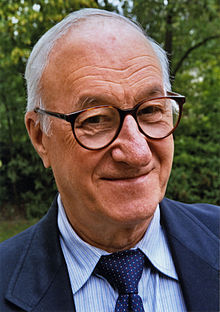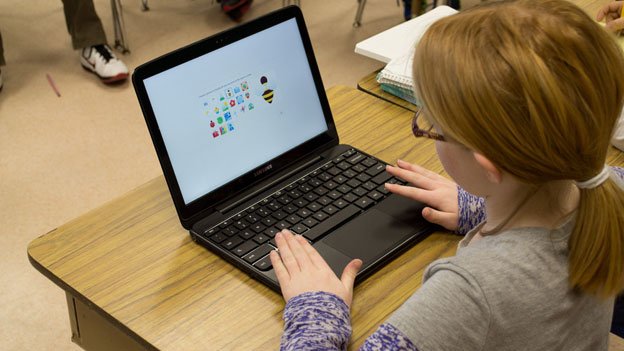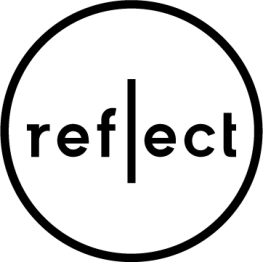
Let’s talk about Twitter, blogging, following blogs, and social media for a second. Being involved and diving into educational technology has opened up a new world of possibilities and resources. Let’s start with Twitter. One hundred and forty characters to get your point across, and hashtags are welcome as well. The simplicity is amazing and the networking possibilities are great. When creating my own blog, I found it very interesting and fun to put my thoughts into words (in my then 140 characters) and that can be nice to get your point or statement across. Blogging has also allowed me to explore and venture out to follow new users in the same field. Following other tech leaders and connected educators has given me so many new ideas, outcomes, and solutions for my classroom and the future. It’s one thing to follow a friends twitter account or their blog, but the networking available when following a like minded individual who is in the same boat as you is very relevant and helpful at times.
I really didn’t think that creating my website would make that much of a change, but I have seen a difference in myself with the website. When starting to create my connected educator site, I’ll be honest, I was just going to add onto my class website. I realized that wasn’t the task and that I cold do much more than that. Creating this website has given me opportunities to learn about myself and what I could do as a teachers, meet new individuals who are connected educators, find resources that I can use and share with my colleagues, and follow educators who are just like me. My networking abilities have grown significantly and I feel a little more confident of myself as a tech leader and future connected educator. Maybe one day someone will interview me for being a connected educator?
With any other new aspect of learning and growing, there come challenges for sure. Some days if felt behind and stressed with the little things not working in my favor. Some days I felt brand new and unclear about what I was learning. At the end of it all though, I realized that problems will occur in anything and everything that is new to you, no matter what. I will get through them, learn through them, and grow with them. I found myself struggling most with recreating my website. I started from scratch, and it was hard to do that, but I’m so glad I did. I know in the future there will still be problems and issues that arise with technology, butI will get through those as well. I have to remember that sometimes it’s technology itself that goes wrong and has issued, and it’s out of my control. Patience is definitely key, and learning through the mistakes is a good thing.
Some action steps I plan on taking will be: adding more Google Classroom Screencast tips, Creating new screencasts for plot map comics, and using my twitter on a more regular basis to stay connected. I plan on incorporating more about Google Classroom, and maybe even Google Suites, to my website that I am using in my class on a daily basis. I think that anyone checking out my site might like some friendly tips, if needed. I also want to add a new section focused on comics/animation that I incorporate into plot maps for language arts. There will be several how-to’s for different website that are being used, and I can share and connect with the actual website through their twitter accounts. Lastly, I plan on making it a goal to use my twitter at least once a day. Whether that is a chat, following and connecting new users, tweeting about my day, or searching hashtags, I would like to make it more useful to me. I also plan on using Twitter in the classroom in the fall, so I need to further explore and plan for that. It will be an exciting new feature, I just don’t want to break any rules.
So what have I gained with in regards to a PLN? I have explored Lyn Hilt’s blog and twitter, and was given many new ideas and concepts for next year. She has a lot going for her and I was able to have a very interesting and unique interview with her. I should interview connected educators more often, and maybe that will become one of my future actions steps. I have also learned that maybe it’s not all about “TeachersPayTeachers,” which is a fabulous resource, but maybe it’s also about stealing and using. Many of these connected educators provide their viewers with many types of free material and resources such as sub plan templates, presentations, worksheets, and tech friendly advice that helped me, and I know will definitely help my colleagues as well. I plan to grown my PLN and continue staying connected.

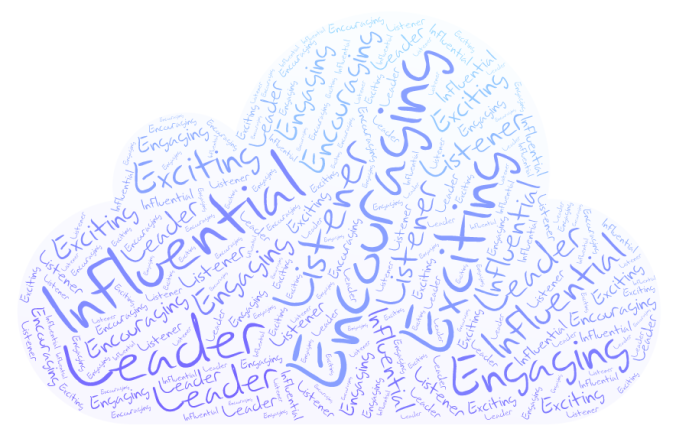
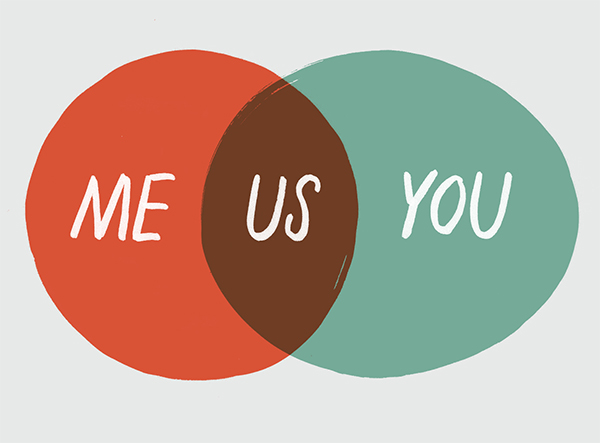



 Leadership can be defined in so many different ways, yet all definitions and examples usually lead to a leader. Now, not all leaders tend to be positive, supportive, and uplifting, but they still lead. Walt Disney was a leader. John F. Kennedy was a leader. Ellen DeGeneres is a leader. Hitler was also a leader. All four different examples of true leaders with followers who followed and still follow their lead.
Leadership can be defined in so many different ways, yet all definitions and examples usually lead to a leader. Now, not all leaders tend to be positive, supportive, and uplifting, but they still lead. Walt Disney was a leader. John F. Kennedy was a leader. Ellen DeGeneres is a leader. Hitler was also a leader. All four different examples of true leaders with followers who followed and still follow their lead.